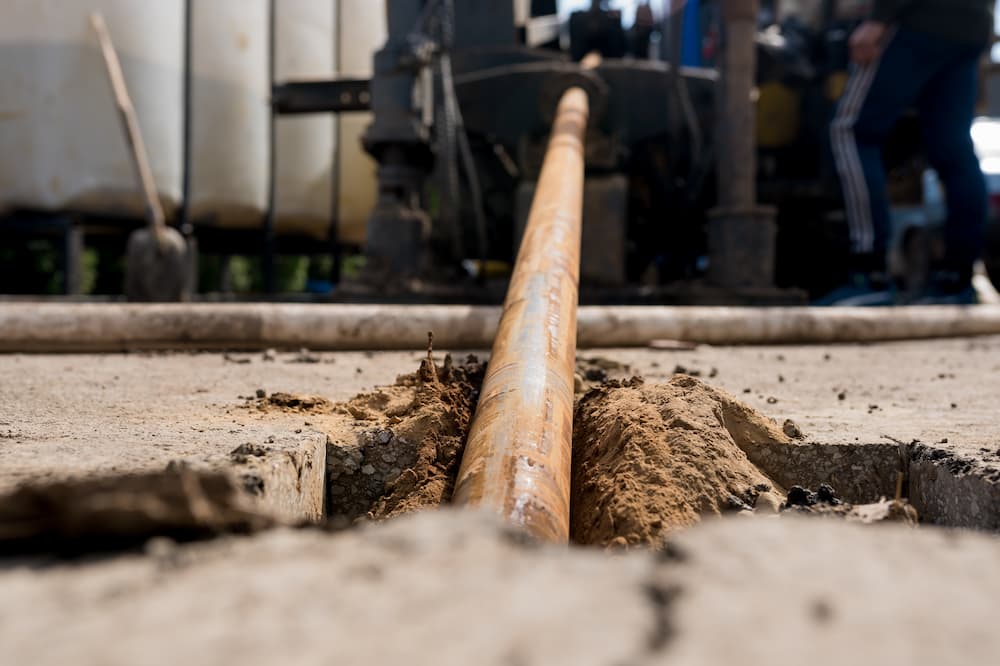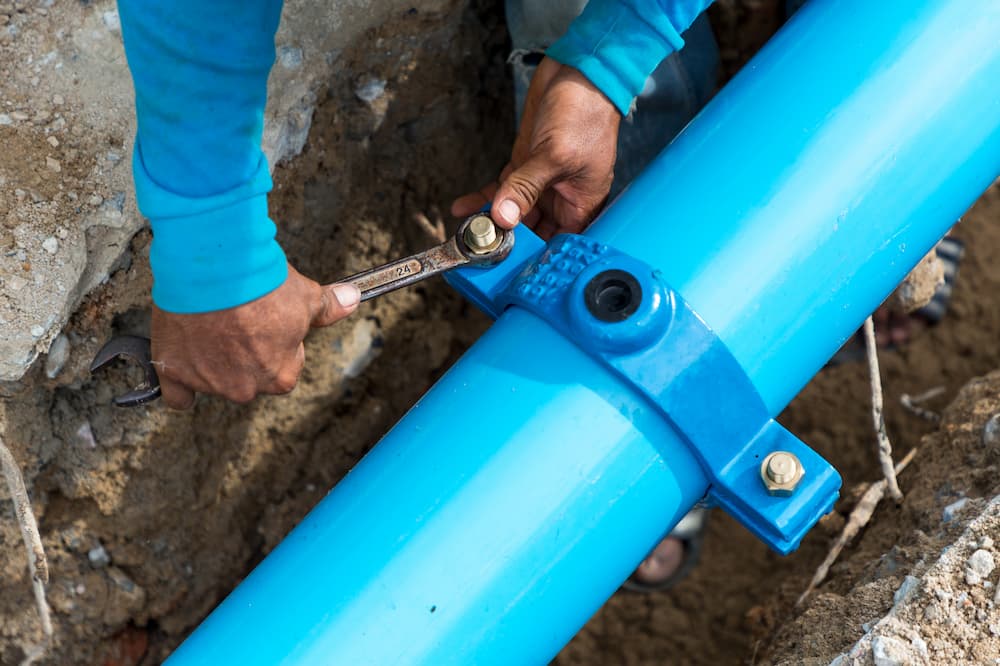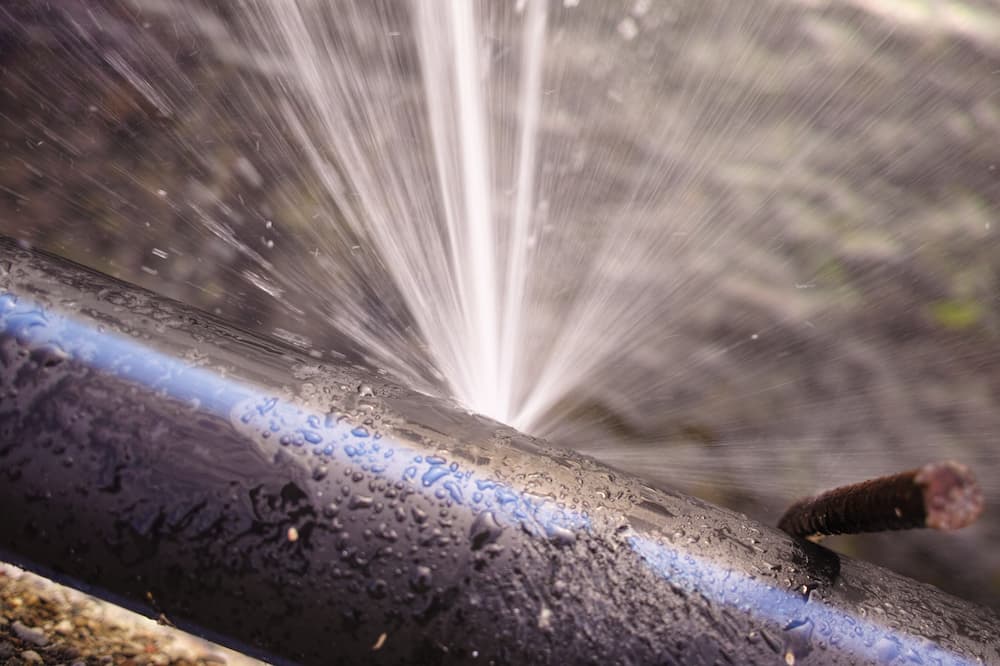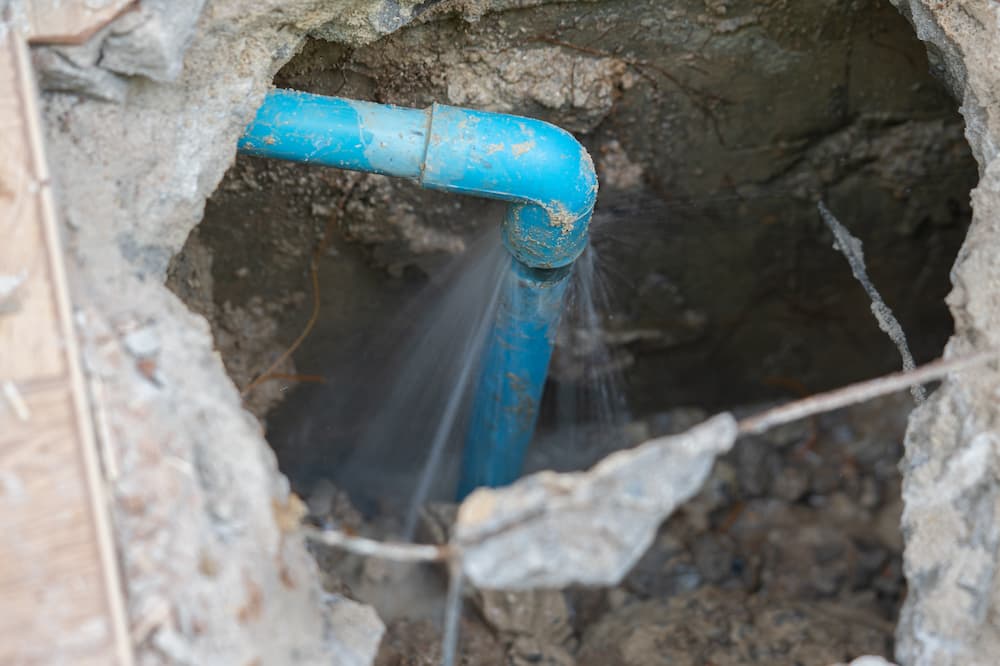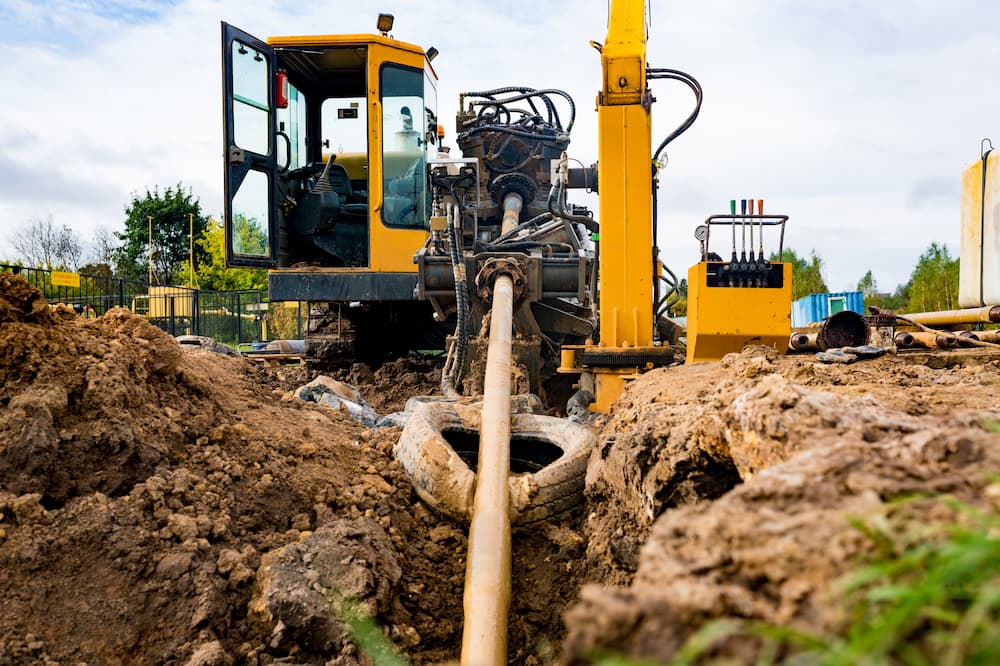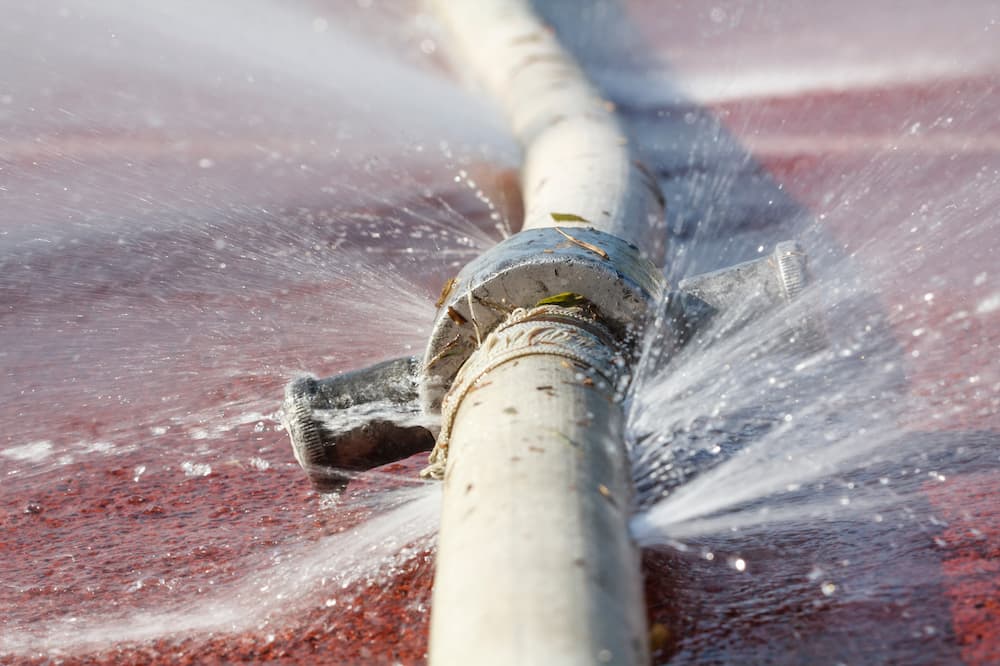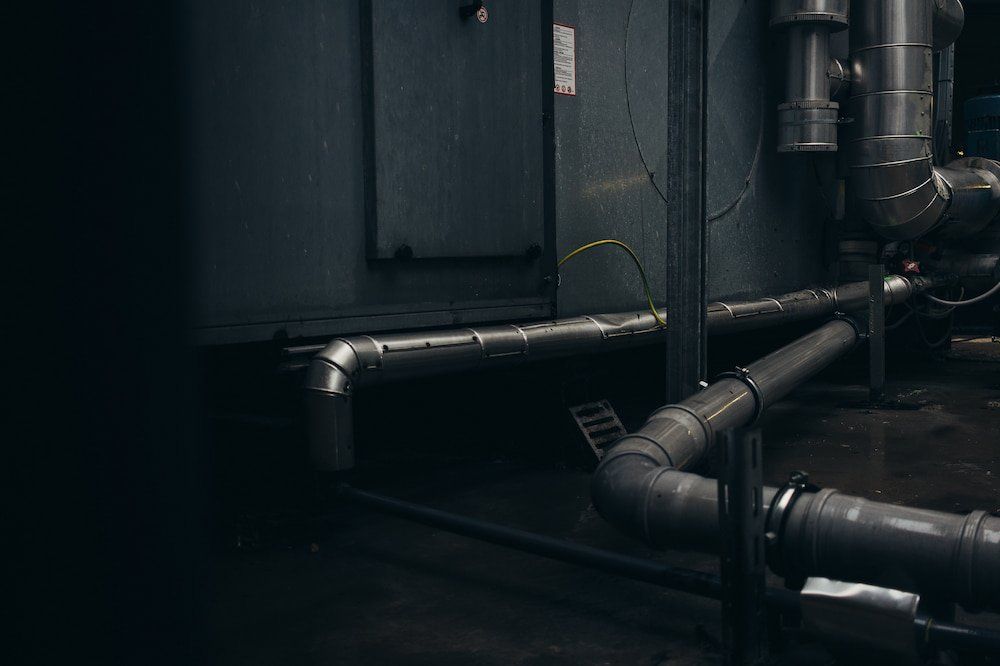The Process of Emergency Water Pipe Repair
Damage to water pipes can occur in any plumbing network or water supply pipe. Burst or broken pipes are among the most frustrating situations any homeowner could face. This issue is more common than you may think and doesn’t usually give any warning except you have leak detectors.
You may be fortunate enough to have a professional close by for immediate repairs. Still, in situations where it can’t wait or waiting for a professional plumber may cause water to flow into the foundation, walls, or electric circuits, you need these emergency water pipe repair tips
But before diving into the processes, here are some of the probable causes of water leaks.
- A clogged pipe may hinder water flow, causing pressure and consequent bursting.
- Corroded pipes are a significant cause of pipe leakages; issues like this may also require water damage restoration.
- Damages to pipe joints due to water pressures can cause leakages and bursts.
- Intruding tree roots or earth tremors can contort a pipe layer, leading to water leaks.
- Improper pipework or pipe layering due to a lack of technical knowledge, improper pipework or pipe layering can lead to leakages in pipes.
- Frozen pipes due to low temperatures, especially in winter, can amount to pressure and, subsequently, leaks.
Emergency Pipe Repair
If you cannot get in touch with a professional or there is an extended service delay, here are some emergency pipe leak repairs that can work for you.
The first thing is to turn off the water supply to that part or better still, shut off your water supply from the source. If you’ve done this and it's still leaking, go ahead and drain any remaining water, wipe the area dry and mark the source of the leak. As we discussed in the causes, there may be several reasons for this leakage which could affect the size and extent of damage, so, handle the damaged portion with care.
Electrical Tapes/Duct Tape
We can all attest to the power of tapes when fixing tears and sometimes breaks. Plastic electrical tapes or duct tapes, whichever one you have available, can be used as a temporary fix in the case of a leak, especially a slow pinhole leak. After ensuring that the leaking area is dry, wrap the layers of tape with at least 5cm of tape on all sides of the leak.
Overlay the tape on each revolution and if making a revolution is almost impossible, ensure that the tape ends are appropriately swathed. Check to ensure that the tape is in place after turning the water supply back on. This process won’t hold for more than a day or two, so you should still consult a professional plumber.
Epoxy Putty
After ensuring that the water source is turned off and the area is marked and dried, using sandpaper, smoothen out any damage or rust on the pipe. Epoxy putty is more suitable for bigger holes. The epoxy putty is sold in two separate parts, which are meant to be mixed to create an adhesive agent.
Mold the two parts and apply them liberally against the damaged portion of the pipe. Ensure to do this quickly because the compound has a hardening agent, which will cause the epoxy to harden within minutes. If the manufacturer’s instruction allows it, you can wrap some tape around the epoxy to hold it in place. Allow the epoxy putty to dry and turn the water supply back on to ensure that the epoxy remains in place.
C- Clamp
A C-clamp is another effective way of repairing emergency leaks; all you need is a C-clamp, a block of wood, and a piece of rubber. To use a C-clamp, first place the piece of rubber on the damaged portion of the pipe, then on the piece of rubber, place a block of wood.
You can add another block of wood if the pipe is too thin for the pressure of the C-clamp. Then open the C-clamp wide enough to surround the wood, the material, and the pipe. Ensure that the screw section of the C-clamp is stationed against the block of wood, then tighten the screw clamp.
Sleeve Clam
Sleeve clamps work for both pinhole leaks and more significant leaks, and as the name implies, a sleeve clam is a semi-circular piece of metal that, when put together, wraps around the pipe. The only other tool needed is a screwdriver.
When buying a sleeve clamp, a gasket material will be provided. To use a sleeve clamp to repair leaks, wrap the damaged section of the pipe with the material provided, then surround the wrapped pipe with the two semi-circular clamps and tighten the screw that connects the two halves.
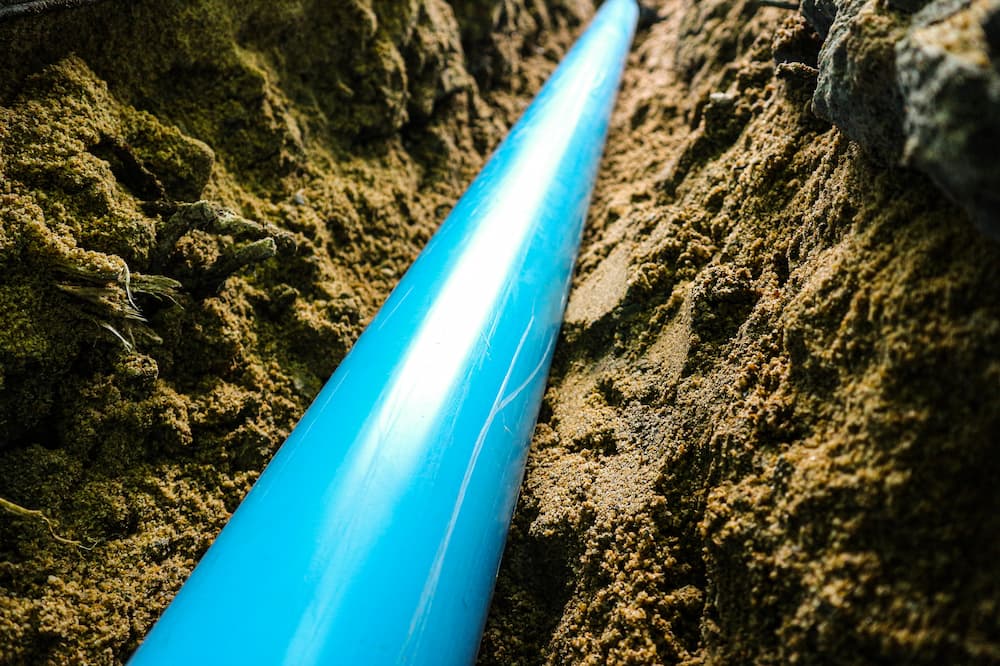
CONTACT
3 Ridgewood Drive,
Birkenhead, Wirral
CH61 8RA, UK
T: 0800 009 2964
E: enquiries@ardentutilities.co.uk

